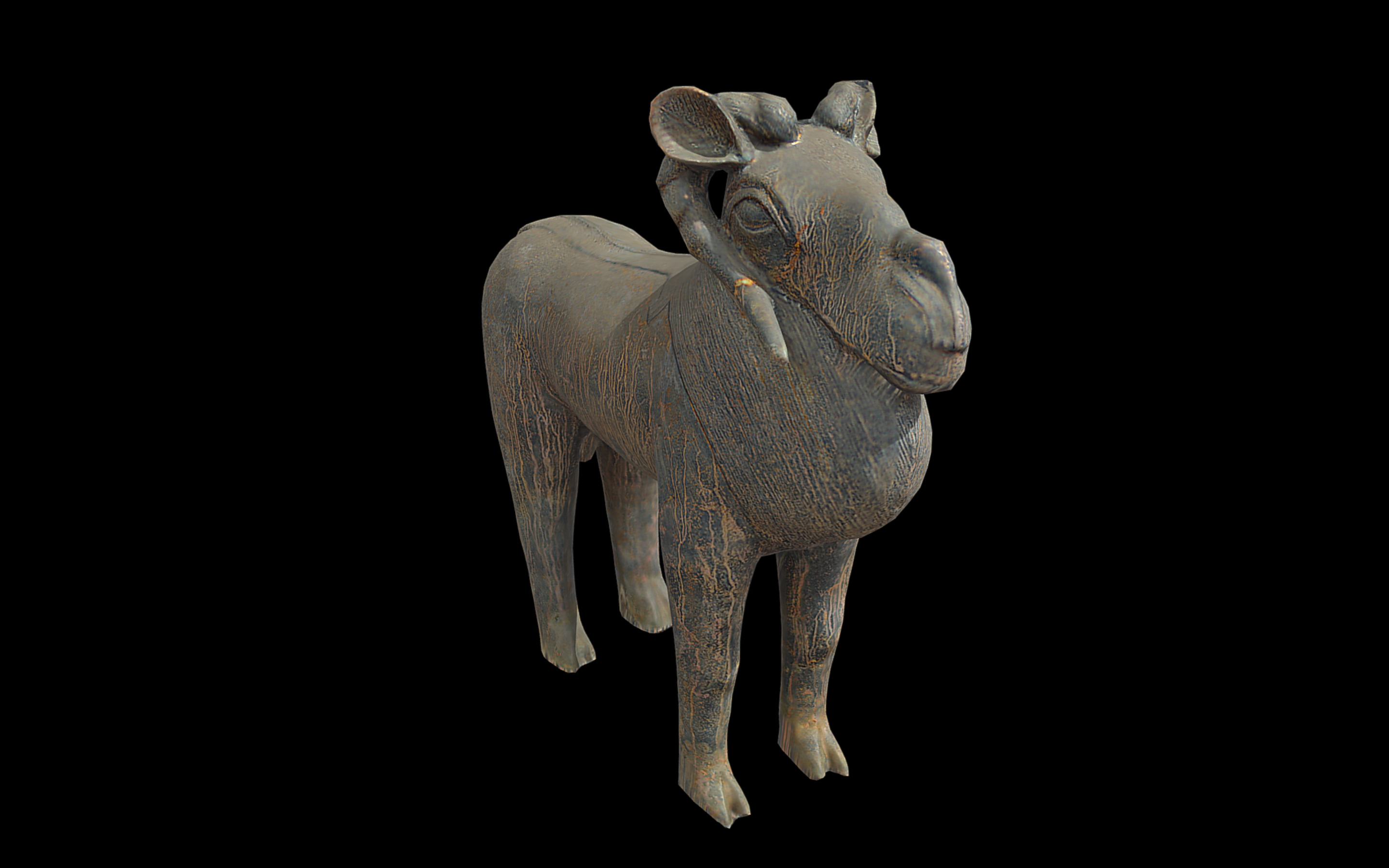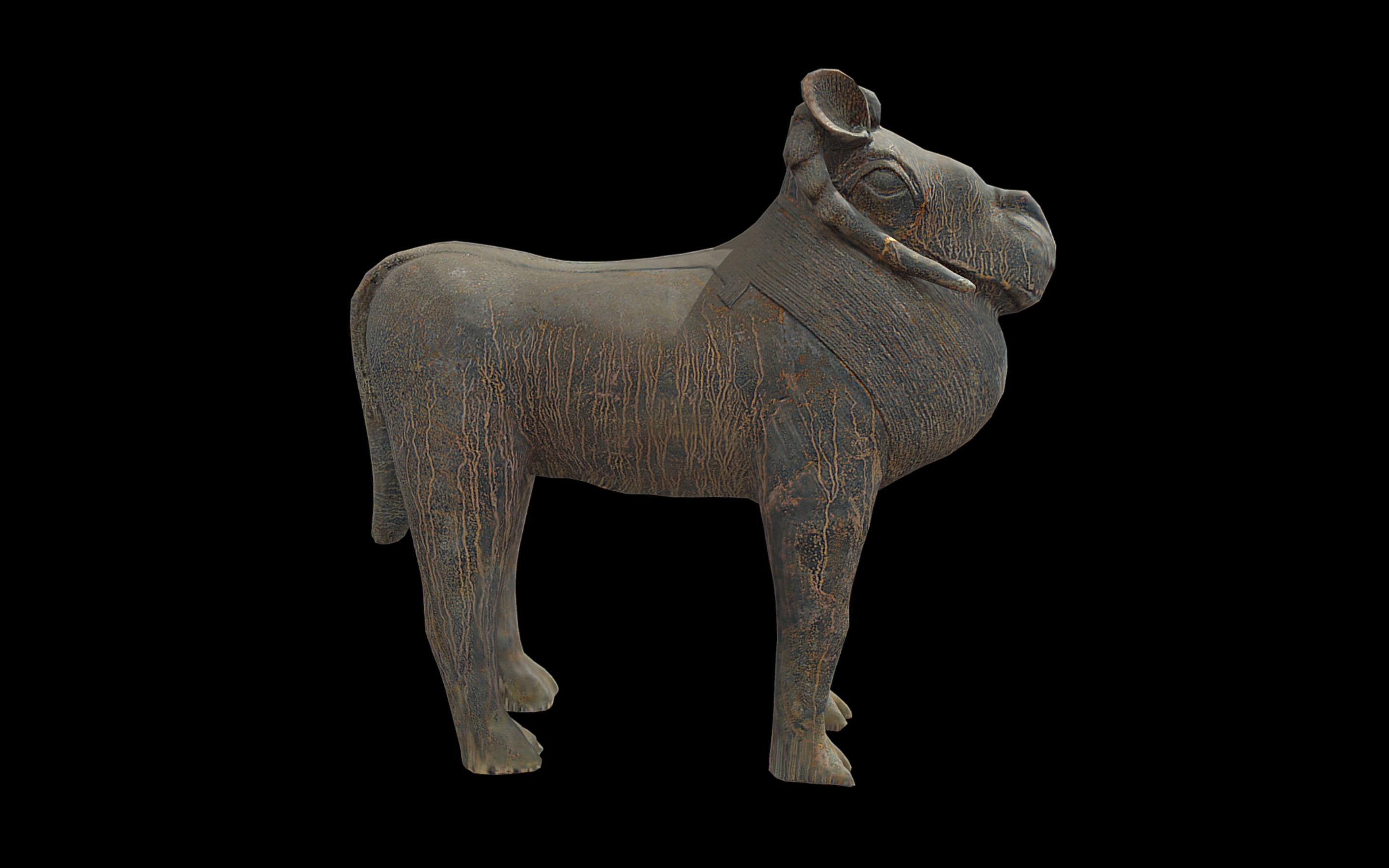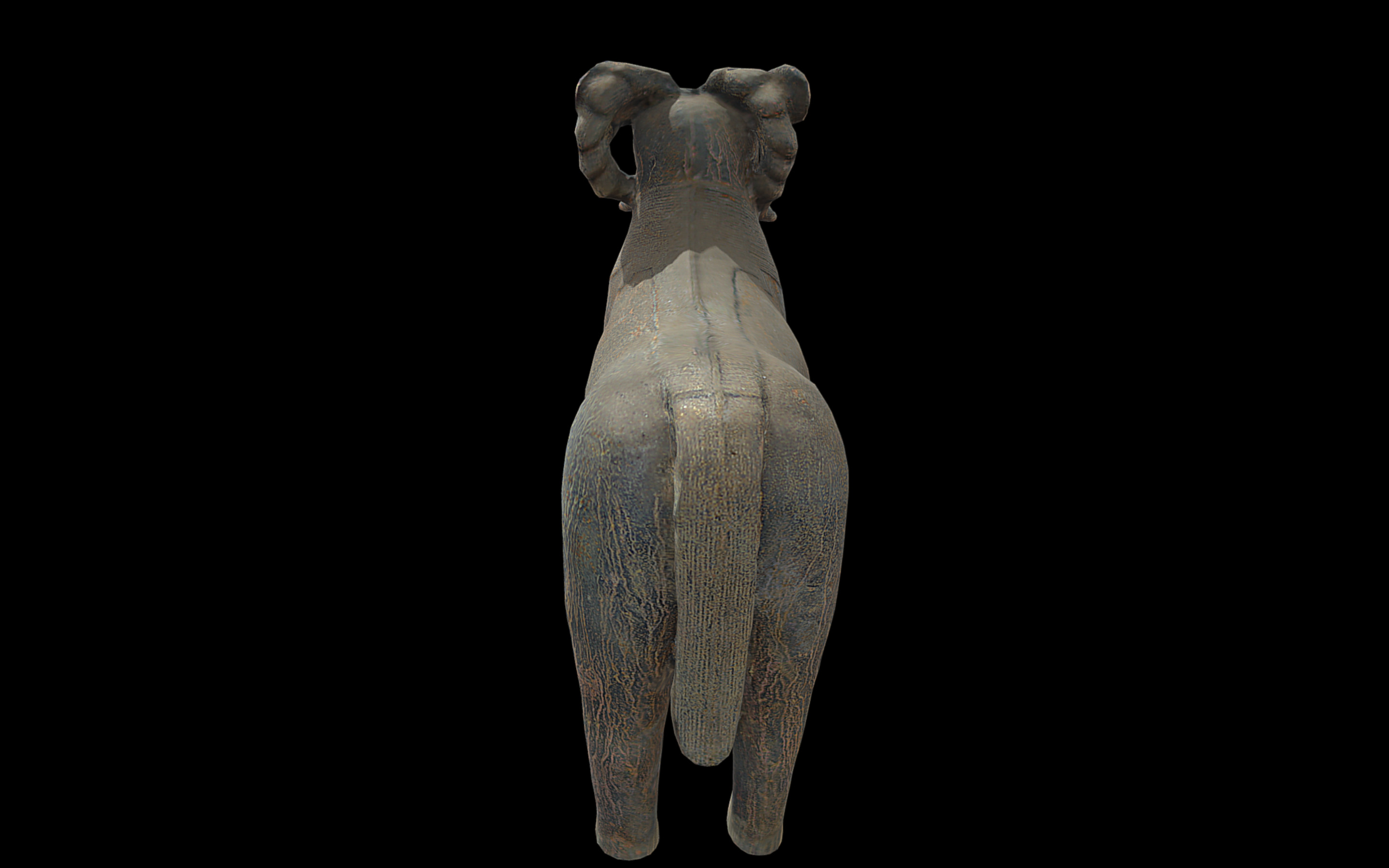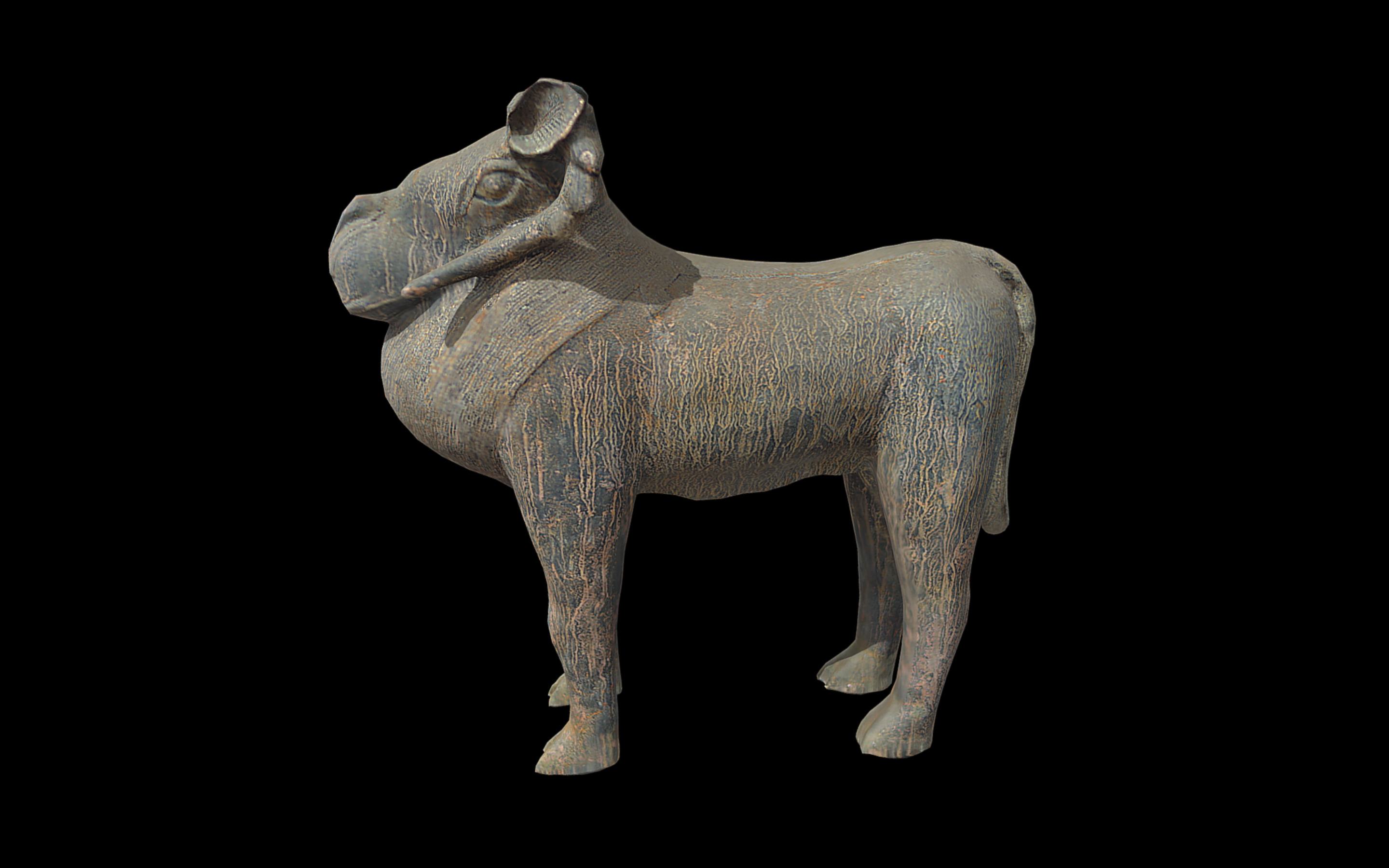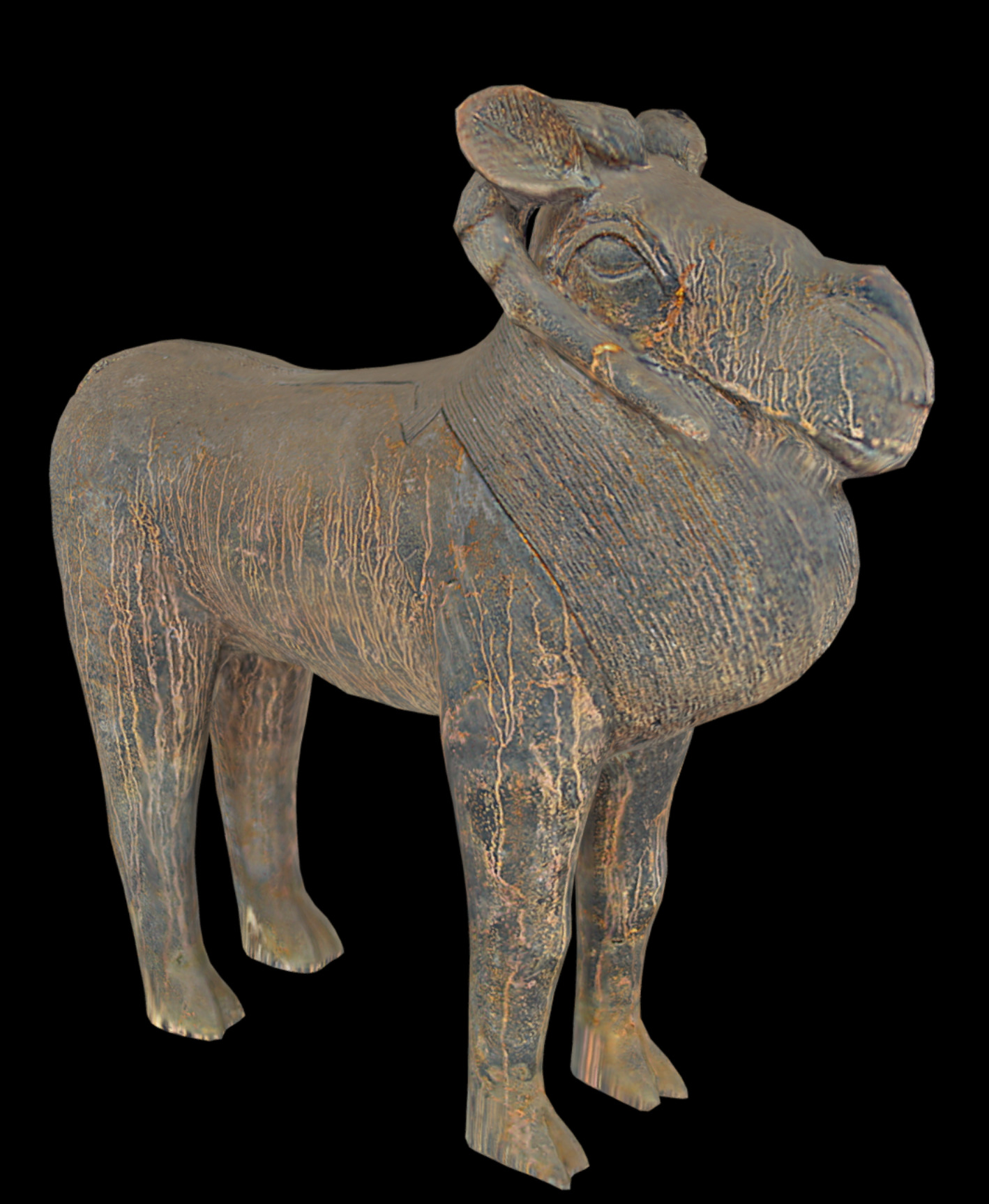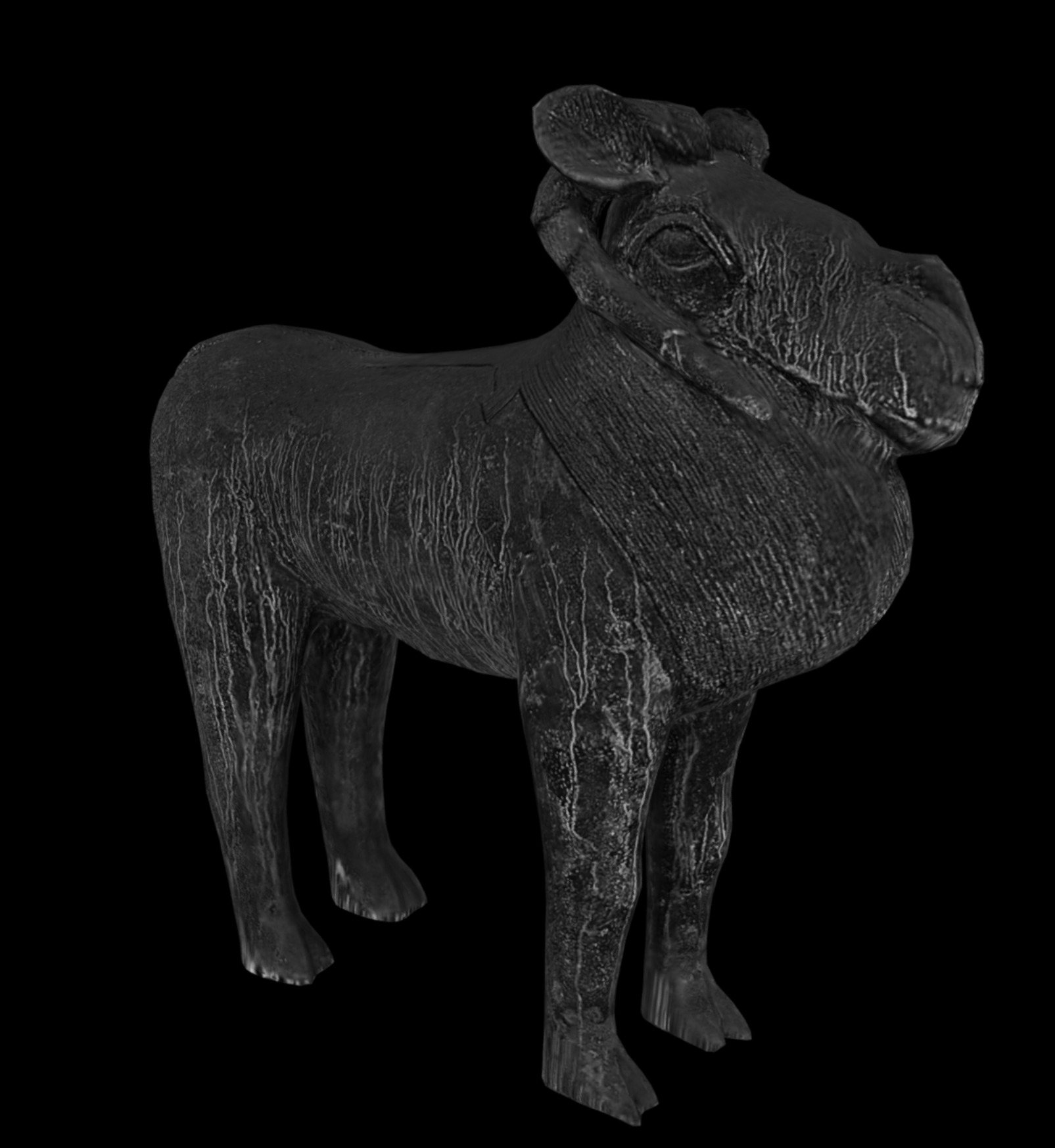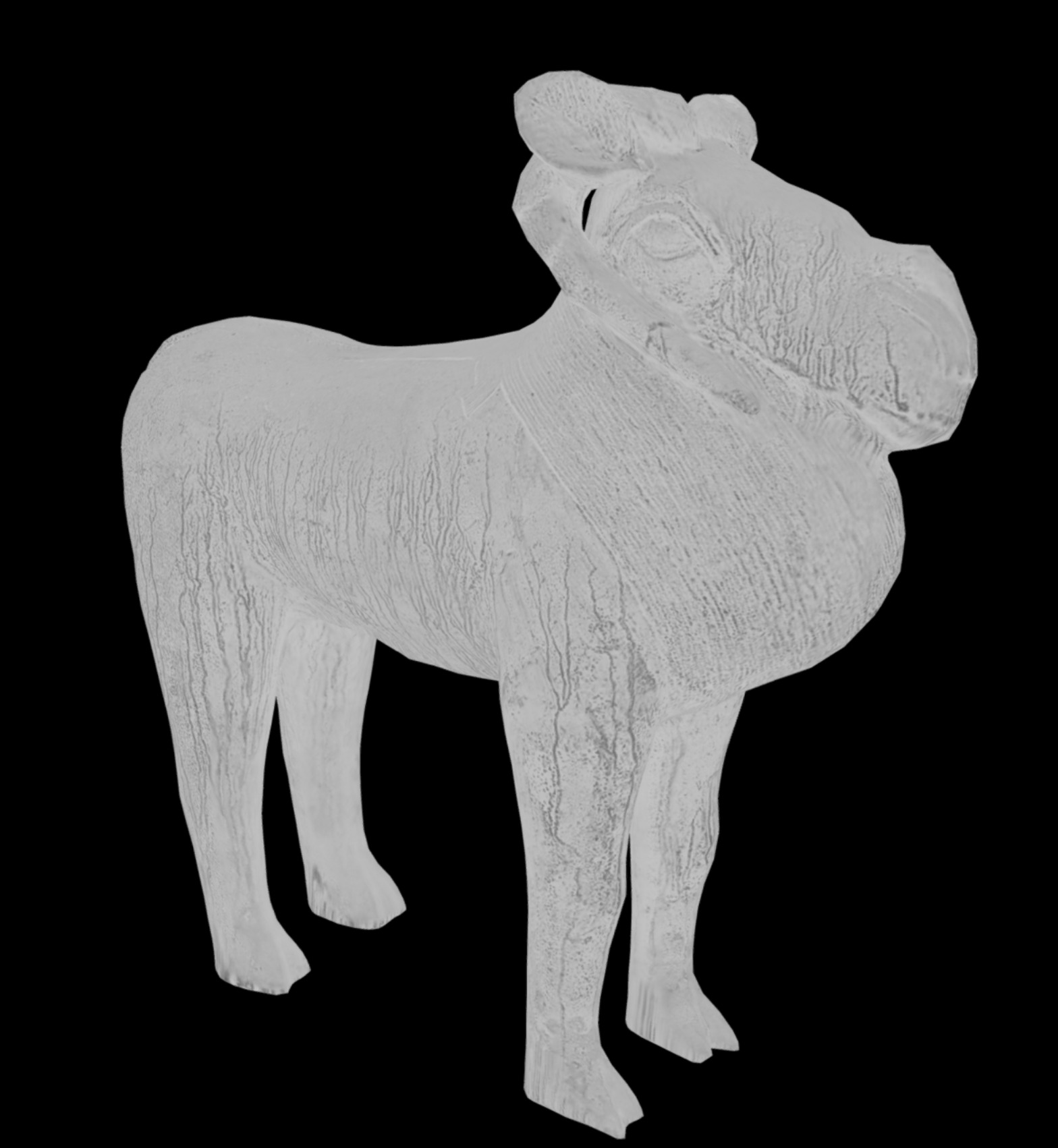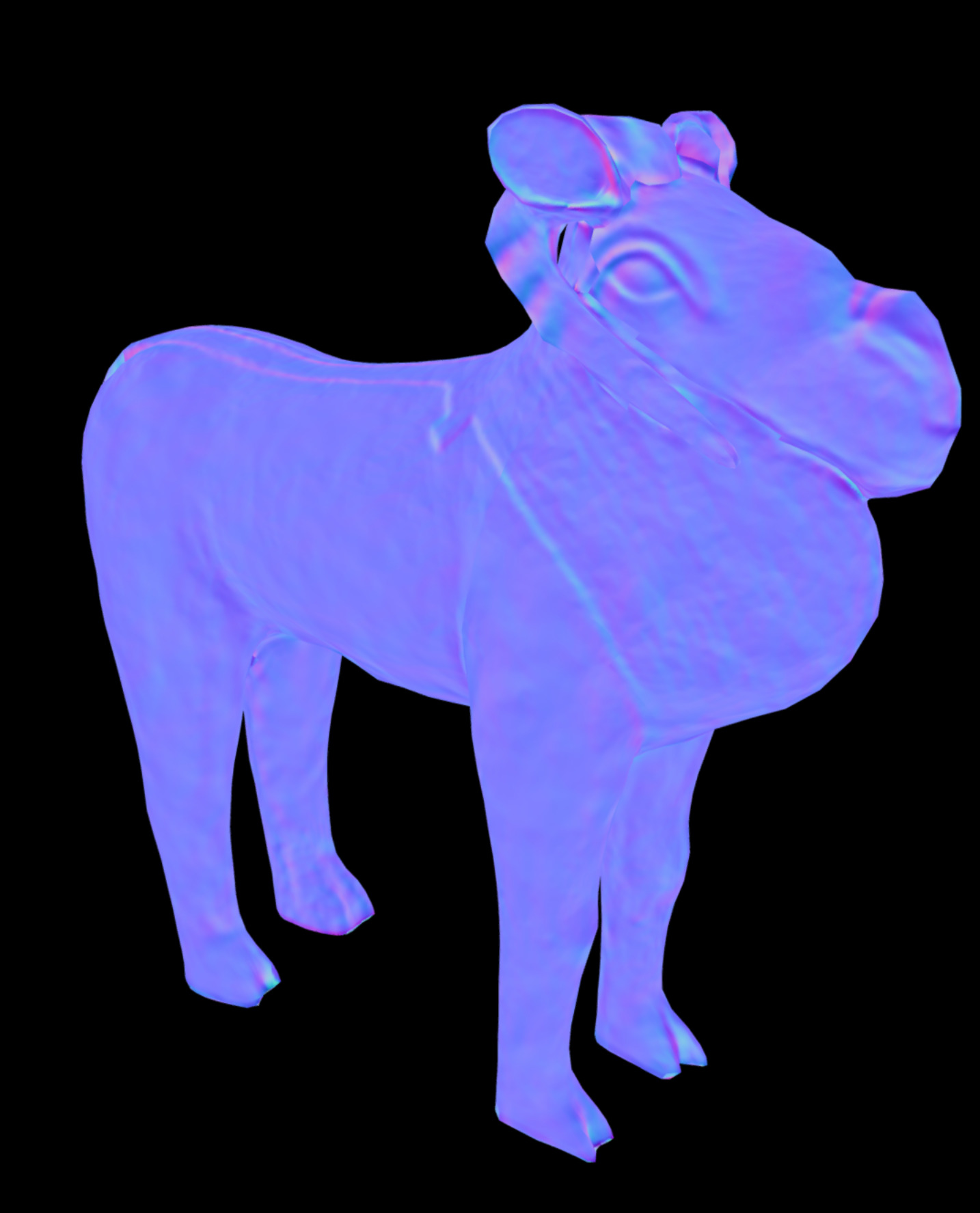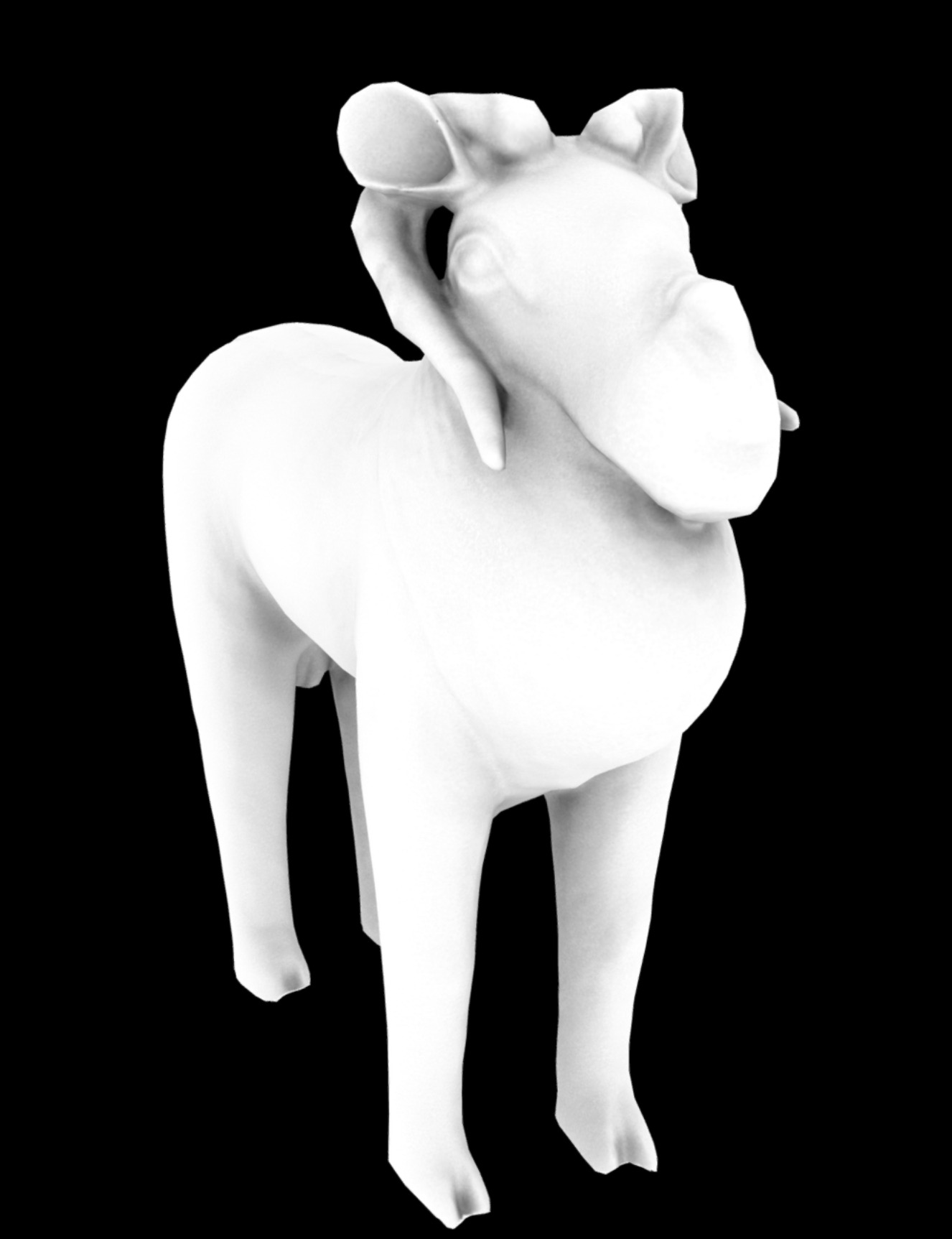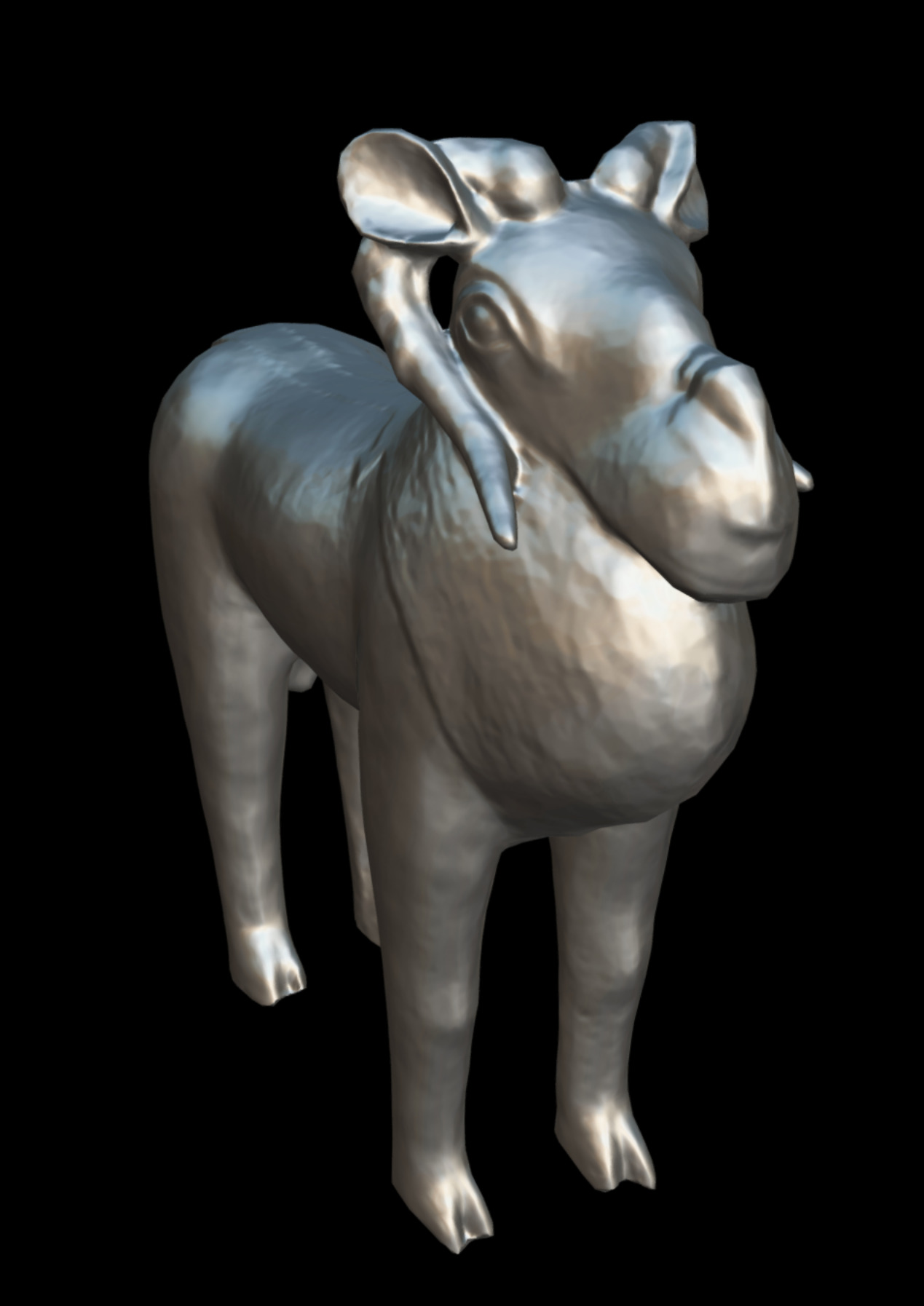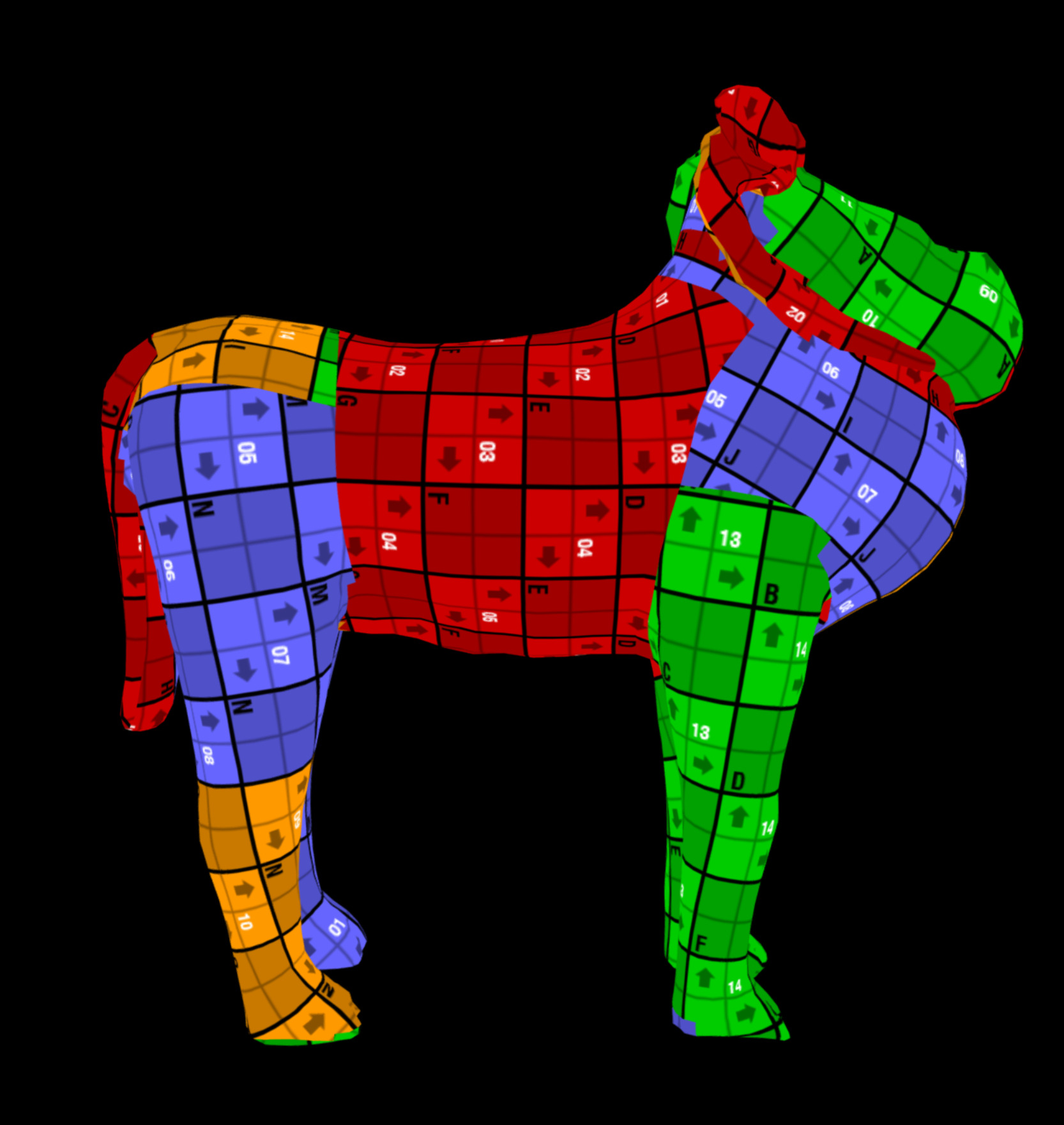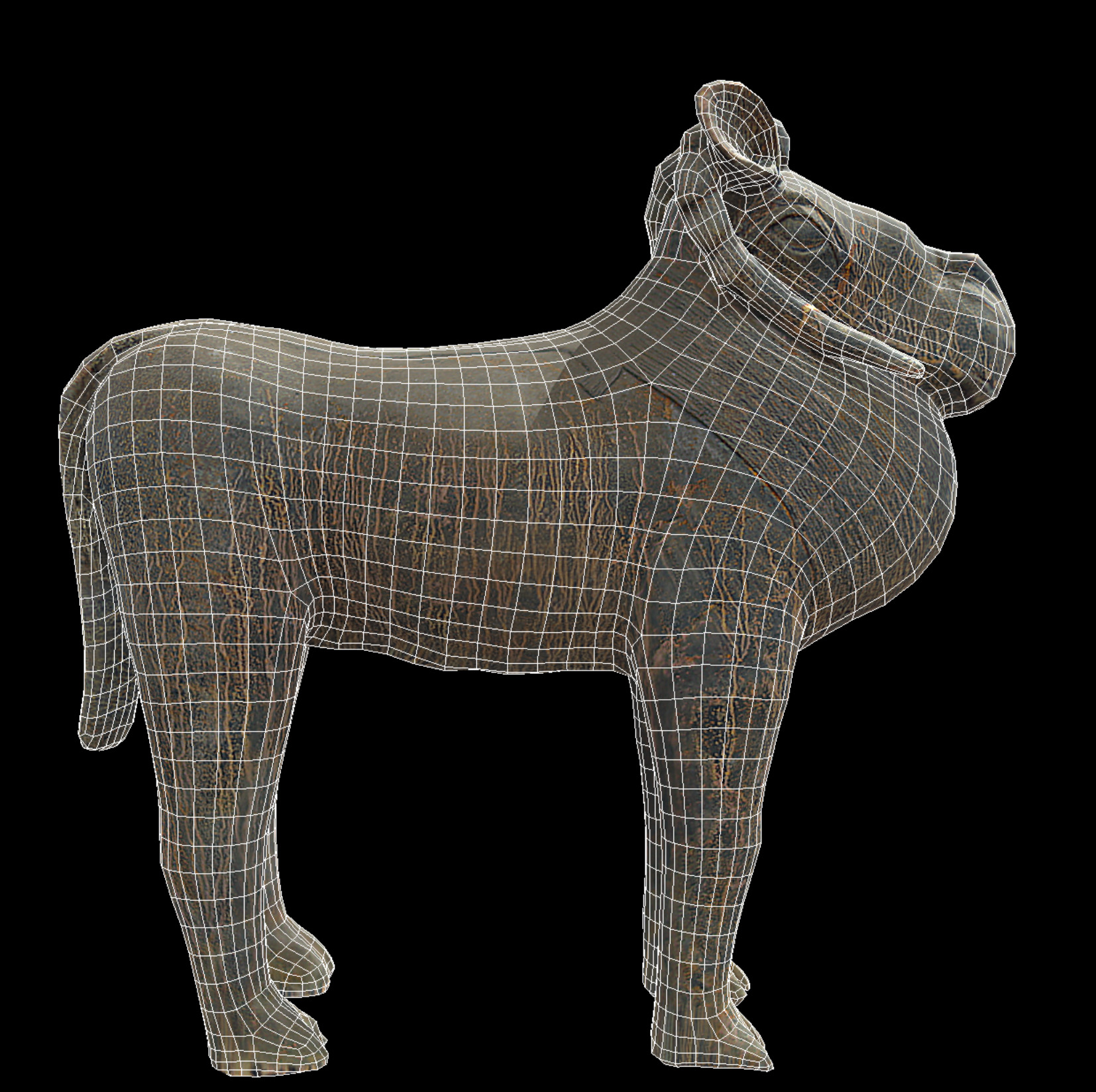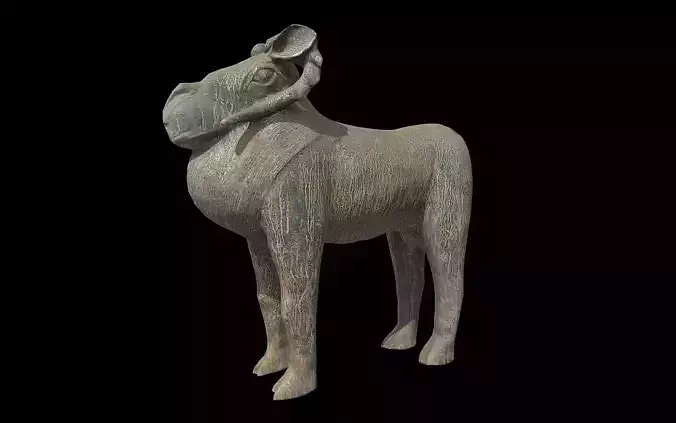
Benin Bronze Ram Low-poly 3D model
This bronze sculpture of a ram, dating between the 15th and 19th centuries, originates from the Kingdom of Benin, in present-day Nigeria. It features a naturalistic, muscular form with finely incised surface textures that mimic the animal’s fur. The ram stands alert, its head slightly raised, and a single, sweeping horn curves elegantly along its neck—a hallmark of the sculptor’s craftsmanship.
Unlike similar ram figures such as the aquamanile in the British Museum—used as ceremonial ewers with functional openings—this piece lacks spouts or perforations, indicating it was not designed to hold liquid. Instead, it likely served a symbolic purpose, possibly placed on a royal altar as an emblem of kingship and authority.
In Benin cosmology, the ram embodies masculinity and perseverance, and was ritually sacrificed during the Ague Ceremony, an important royal festival instituted by Oba Esigie in the 16th century. The restrained naturalism and absence of later symbolic additions suggest an early creation date. This sculpture is both a spiritual emblem and a masterwork of Benin bronze artistry.
Source: Omorogbe, Aigbe. ,Ram, Bronze-cast(lost-wax), Private collection, Benin city
HIGHPOLY MODEL INCLUDED

